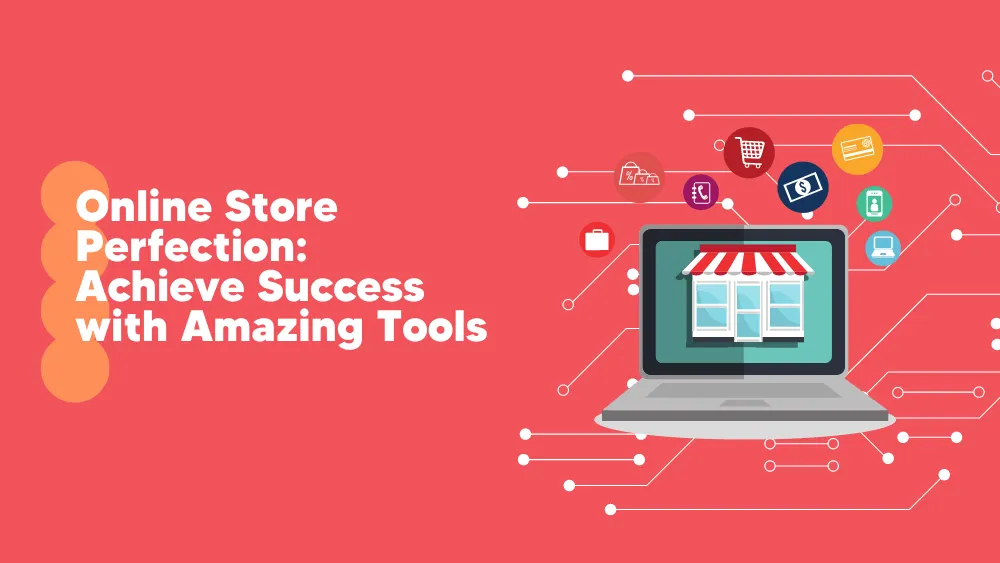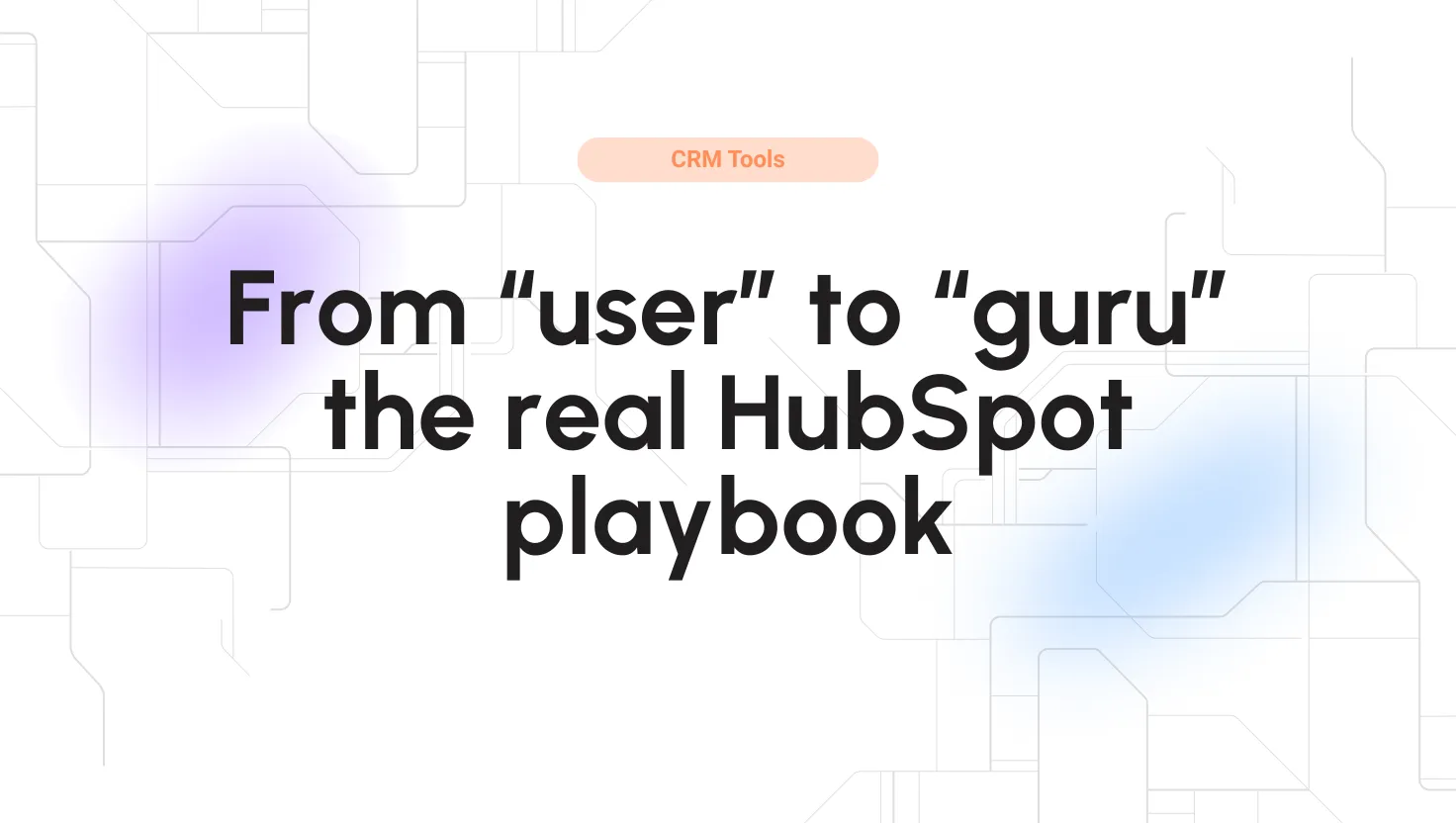
GetResponse Alternatives for 2025
Save 40% on your SaaS stack with expert guidance
Free Consultation
GetResponse vs. Similar Products
Select up to 3 Software, to enable Comparison
Compare Selected SoftwareEditorial Review: GetResponse Alternatives Deep Dive
Table of Contents
Top Alternatives to GetResponse
- Aweber
- MailChimp
- ActiveCampaign
- ConvertKit
- HubSpot
- Campaign Monitor
Regarding GetResponse Alternatives, two tools stand out from the crowd: Aweber and MailChimp. In the following, we are trying to compare them to help you make a better decision.
Aweber vs. GetResponse
Both Aweber and GetResponse are powerful email marketing tools. You can use them to host your mailing list, create an attractive email using templates, and send newsletters to your subscribers.
Pricing
When comparing Aweber vs. GetResponse pricing plans, it’s easy to see that GetResponse Basic plan is the most cost-effective one.
Yes, Aweber’s’ free plan makes the product compelling to new businesses. But for the features included, you might want to spend $15/month for GetResponse.
Features
GetResponse and Aweber have similar core features like newsletter templates, autoresponders, analytics, integrations with third-party software, and a landing page builder. On the other hand, GetResponse comes with some features that Aweber doesn’t have:
- Conversion funnels
- Marketing automation
- Webinars
Aweber wins when it comes to the number of templates for newsletters. It offers 700 templates, while GetResponse only has 200.
It’s hard to decide a winner when comparing Aweber vs. GetResponse, as both tools have various features. However, using any of them, you can easily create, keep, and communicate with your subscribers.
Of all GetResponse Alternatives, Aweber is a tough one. However, GetResponse is an all-in-one software with a lower price point, webinar features, and advanced marketing automation features than Aweber.
MailChimp vs. GetResponse
These two are both all-in-one solutions for email marketing. At the same time, GetResponse and MailChimp are best known for their autoresponders. No matter which one you choose between MailChimp vs. GetResponse, you will have excellent autoresponders triggered by:
- Newsletter actions
- Purchases
- Data changes
- Page visits
- Birthdays
Pricing
The main difference here is the MailChimp Free plan that offers limited features and adds an advert at the bottom of the newsletters. On the other side, GetResponse offers a free trial that lasts 30 days and allows you to test any of its four pricing plans.
Where GetResponse wins is at send limits. While MailChimp has monthly limits on the number of newsletters, with GetResponse, you can send an unlimited email, regardless of the pricing plan.
Looking at the features included, discounts for paying upfront, send limits, and list sizes, GetResponse offers a better value for money than MailChimp.
Features
When comparing MailChimp vs. GetResponse, we will see that they both come with loads of features. There are many similarities:
- Email templates
- Landing pages
- Signup forms
- Facebook Ads
And many more.
However, the differences between GetResponse and MailChimp are webinars, website building, and conversion funnels.
The GetResponse Webinar feature is pretty great. However, it can be easily compared with dedicated webinar products, which are way more expensive and do the same thing or less.
Both GetResponse and MailChimp offer many useful ways to integrate with eCommerce platforms. However, the Conversion funnel feature of GetResponse makes it almost an online store. You can do so without integrating it with a third-party tool.
A/B testing features are more comprehensive in MailChimp than those available in GetResponse. And there is also a primary website builder included in all MailChimp pricing plans.
On the other hand, with GetResponse, you get much more features on the Basic plan than MailChimp’s equivalent plan. Moreover, there are no send limits, and you can choose from hundreds of templates for landing pages, emails, forms, and pop-ups. MailChimp only offers a few.
In conclusion, GetResponse is the winner of this battle. It has many more features than MailChimp and doesn’t have a sending limit. On top of that, GetResponse has great data segmentation features, and conversion funnels are useful for digital marketing.
There is, though, one strong selling point for MailChimp – its free plan. This makes the software appealing to freelancers at the beginning of their email marketing journey.







